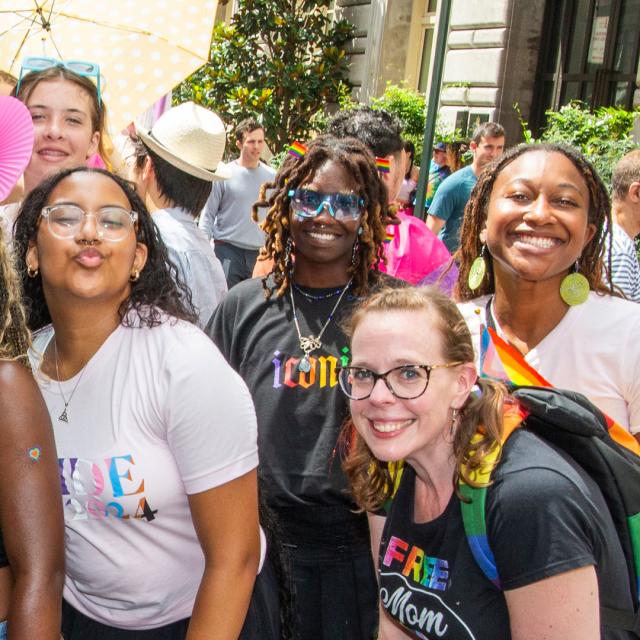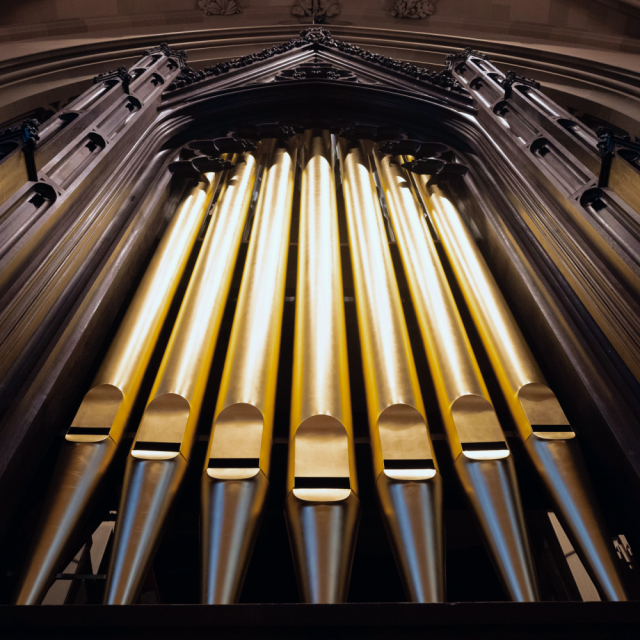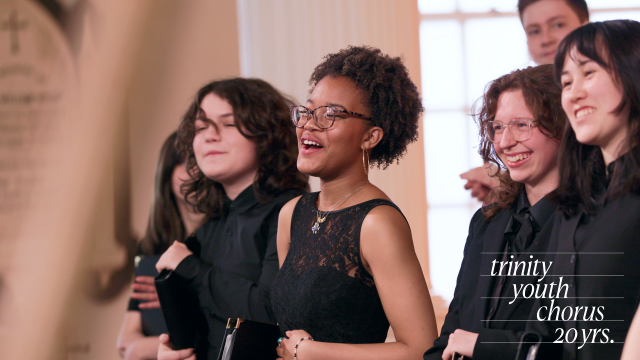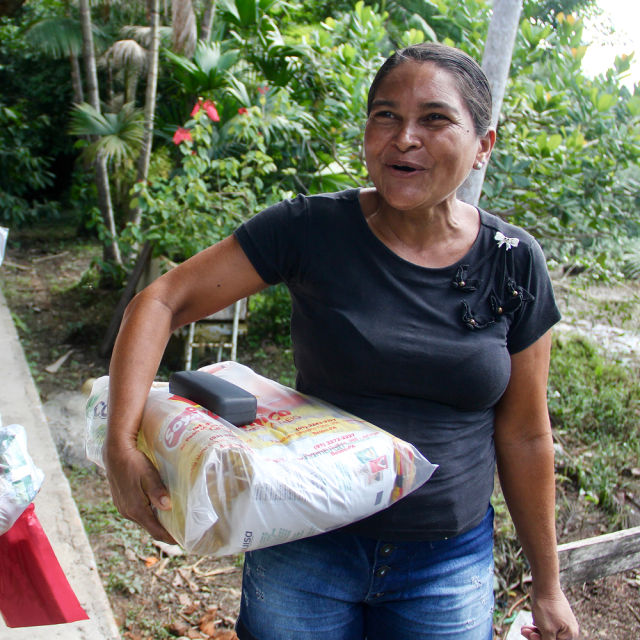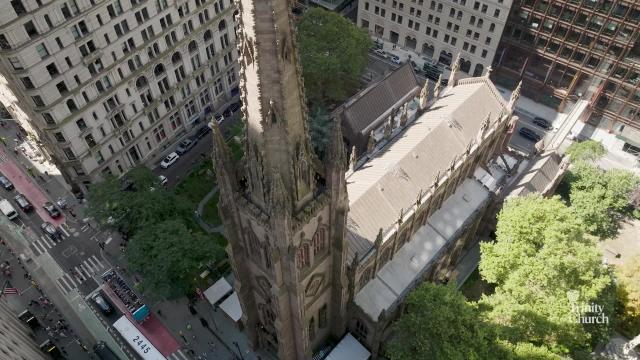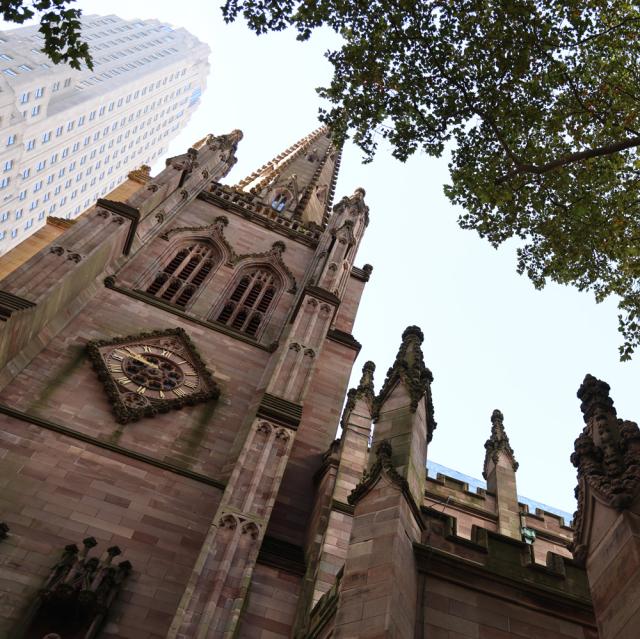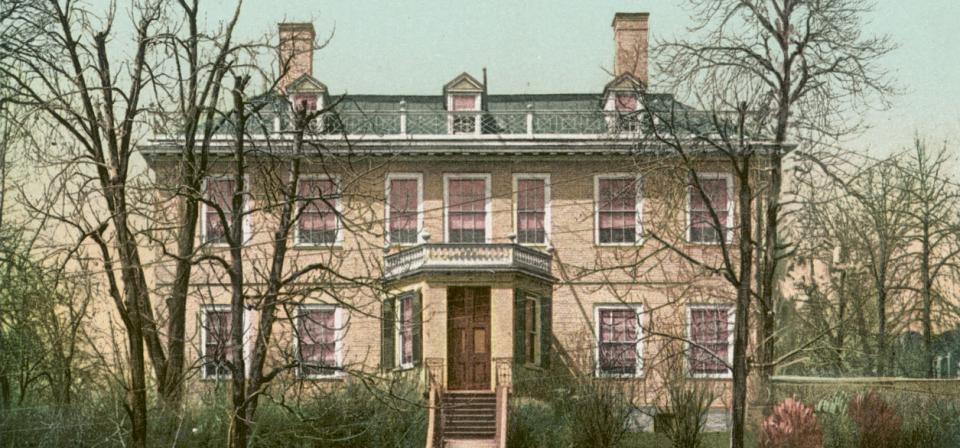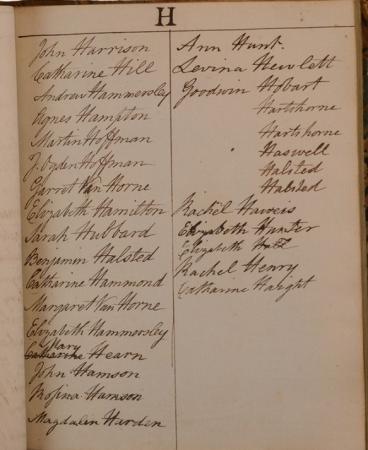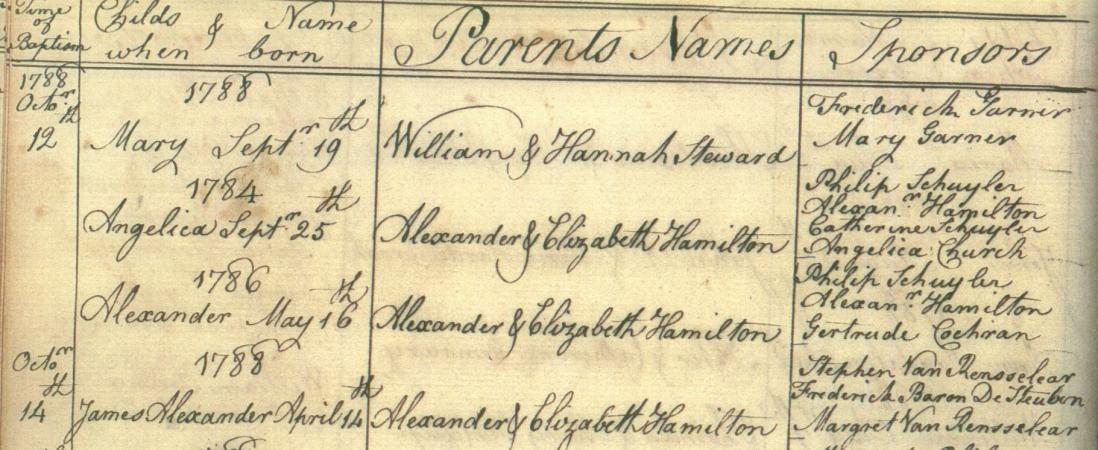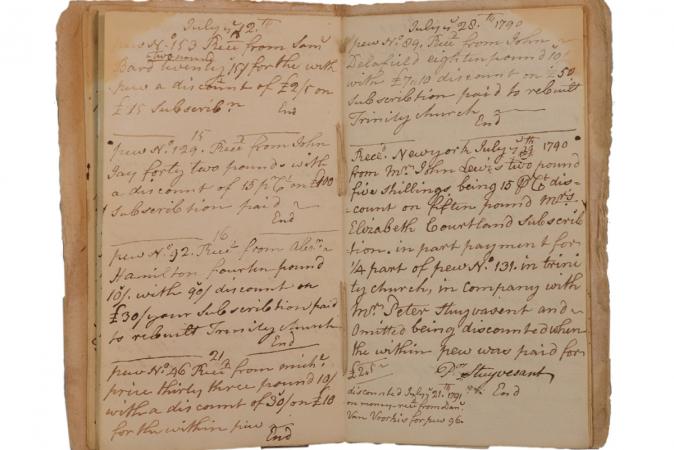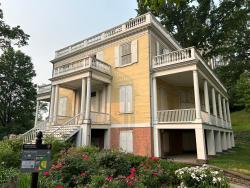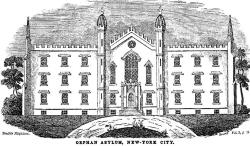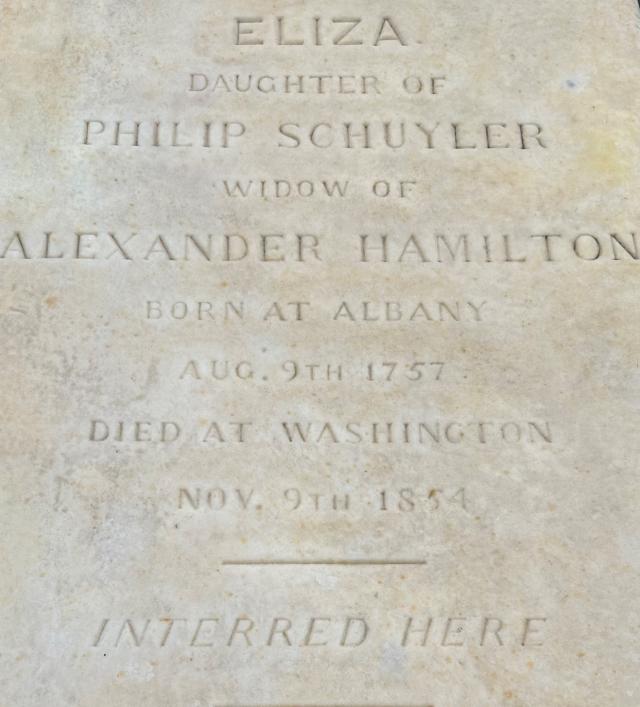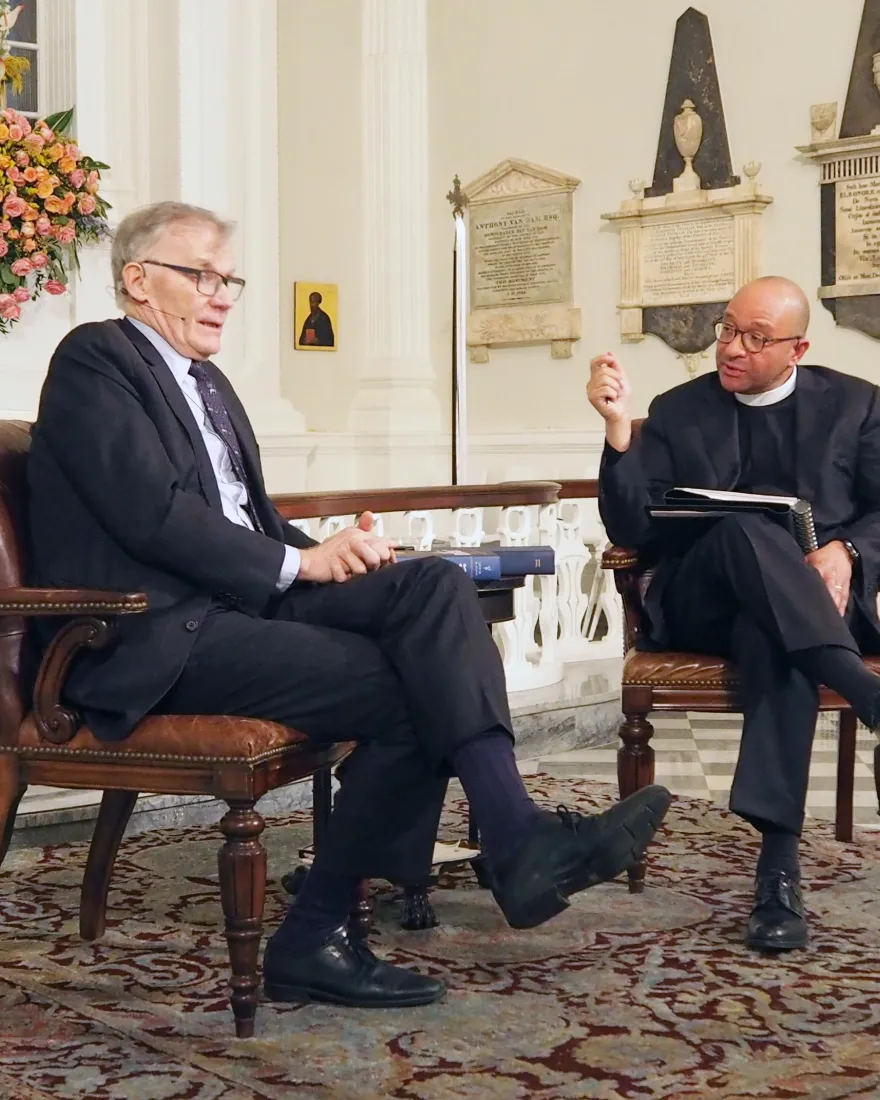Elizabeth Schuyler Hamilton: Almost a Century of Service
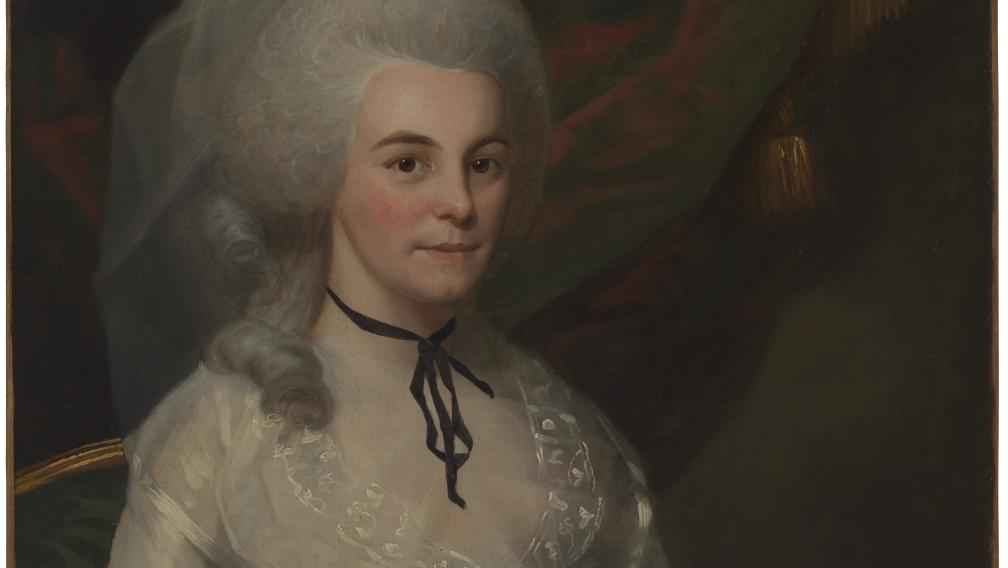
In February 2016, six months after Hamilton had opened on Broadway and was on the cusp of sweeping through the Tony Awards®, no less a publication than Smithsonian Magazine ran the following headline: Why Elizabeth Hamilton Is Deserving of a Musical of Her Own.
Now it’s true that even without Ron Chernow and Lin Manuel Miranda burnishing his reputation, Alexander Hamilton set the bar for accomplishment awfully high. Officer in the Continental Army. A framer of the U.S. Constitution. Writer of the Federalist Papers. Founder of the U.S. Coast Guard. Secretary of the Treasury.
And yet, that headline above isn’t so far-fetched, considering Eliza Schuyler Hamilton’s almost century-long life. In fact, she lived more years as a widow than she had before her husband’s fatal duel with Aaron Burr and hers was a life of community engagement and significance. She died at age 97, buried beside her husband in the Trinity churchyard.
Life for Elizabeth Schuyler Hamilton (1757-1854) began near Albany as the second daughter of General Philip Schuyler and his wife Catherine Van Rensselaer Schuyler; both of her parents were from wealthy, landowning families. With her father a prominent General in the Continental Army, it was not unusual for the family to be visited by guests in the military; Philip Schuyler and George Washington were close friends. Eliza first met her future husband when Lt. Col. Alexander Hamilton visited as aide de camp of General Washington.
Although raised in the Dutch Reformed Church, Eliza Hamilton became a regular communicant at Trinity Church Wall Street with five of the couple’s children baptized at Trinity, including three on the same October day in 1788. The Hamilton family rented pew number 92 at the church.
Even with eight children and a husband whose activities kept him occupied outside the home, Eliza contributed to Hamilton’s prolific writing, including George Washington’s farewell address. In 1793, she plunged into the work of relief for refugees of the French Revolution, including clothing and food.
She was a woman of towering strength and integrity who consecrated much of her extended widowhood to serving widows, orphans, and poor children.
Historian Ron Chernow
During a three-year period from 1801 to 1804, Eliza Hamilton’s sister, oldest son, husband, and father all died. With Alexander Hamilton’s death, Eliza was left with seven children and financial strains that caused her to temporarily lose her home, Hamilton Grange in northern Manhattan, to creditors.
However, instead of those challenges vanquishing her, Eliza Hamilton was seemingly revived. The woman who had dedicated herself to the welfare of her own children threw herself into charity. On March 16, 1806, with Isabella Graham and Joanna Bethune, Hamilton founded the Orphan Asylum Society, New York City’s first private orphanage, raising funds, collecting donated goods, and supervising the care and education of at least 765 children. The orphanage survives to this day as Graham-Windham, serving 5,000 children and families each year. Later, she helped launch the Hamilton Free School, to ensure that all children were literate.
Historian Ron Chernow writes: “She was a woman of towering strength and integrity who consecrated much of her extended widowhood to serving widows, orphans, and poor children.”
Late in life, Eliza Hamilton left New York to live with one of her daughters in Washington, DC. Several U.S. presidents of that pre-Civil War era often invited her to White House dinners, recognizing her as the last living link to the Revolutionary generation.
